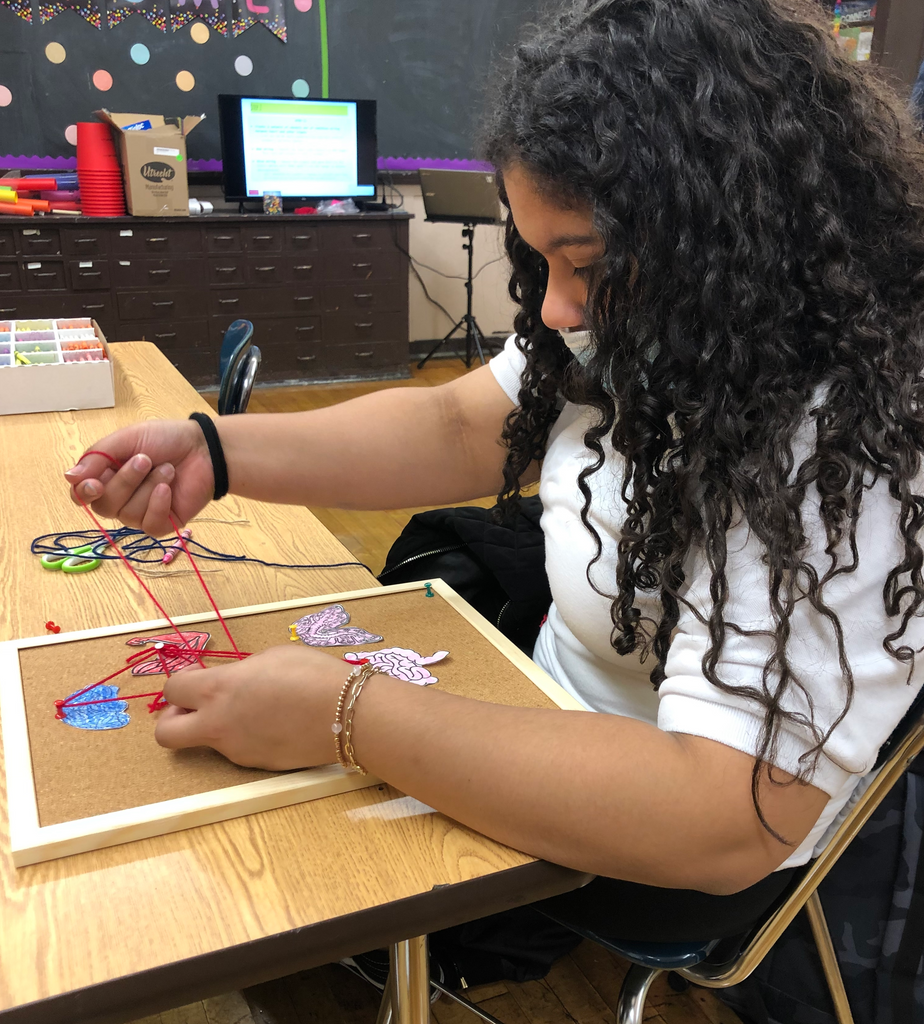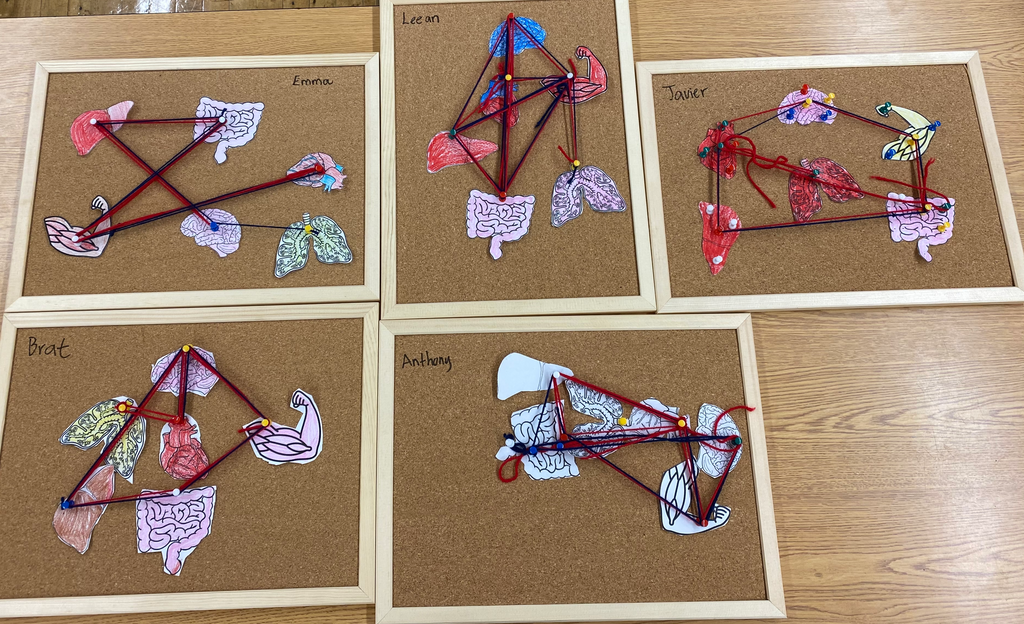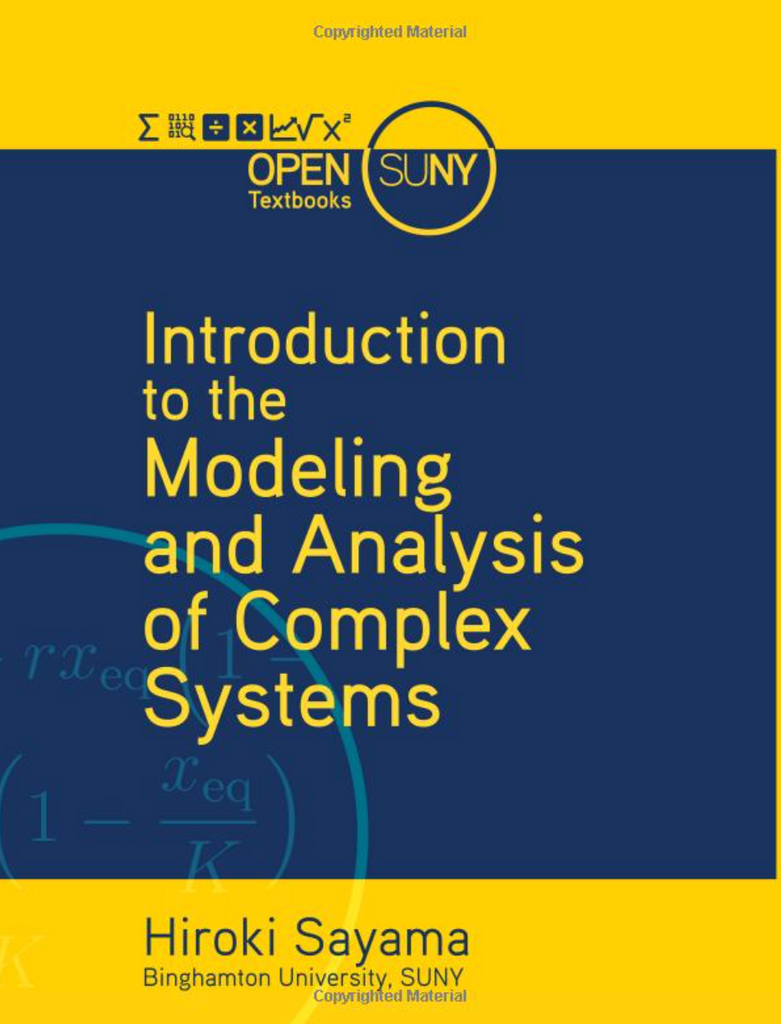Category: Curricular Materials
Sociedad Latina’s summer program participates in college physics
Reposted from BU College of Arts and Sciences Community post: Sociedad Latina Collaboration Brings Middle Schoolers to the Physics Classroom.
Last week Paul Trunfio’s PY106 class paired up with the Sociedad Latina Summer Program. The middle school students from the Boston after-school program attended the physics course as part of an ongoing collaboration in the Network Science for All program (sponsored by the National Science Foundation).
The visit included participating in a lecture along with live demonstrations illustrating the relationship between electricity and magnetism (ionized gas in electric fields, magnetic levitation, electromagnets, and more). Students learned about forces, how electric currents produce magnetic fields, as well as how changing electric and magnetic fields lead to fascinating and unexpected real-world applications.
After participating in the lecture component, the middle school students joined the undergraduate students working together on a short worksheet on forces and Newton’s Laws and then applied this knowledge to forces on charges in electric and magnetic fields.
Finally, during an open lab, middle school students explored experiments centered around: (1) Electricity: electric charges, forces and generators and (2) Magnetism: Faraday’s Law experiment whereby an electric current is formed merely by moving a magnet through a coil of wire.
Visualizing Molecular Networks with Food Coloring
As part of our curriculum and professional development efforts, we couple our NetSci hands-on activities with video-based activity guides.
This activity follows from our networks in biology unit to explore the chemical and physical properties of milk, food coloring and dish soap, that create forces amongst them. Students will explore the following questions:
How does the interaction of molecular bonds form a network?
What does this look like when visualized with food coloring?
Our networks in biology activity demonstration was produced by Michalina Jadick . Our full teacher and student activity lessons can be found in our Development Portal.
Engineering a Functional Pumping Heart Model
As part of our curriculum and professional development efforts, we couple our NetSci hands-on activities with video-based activity guides.
This activity follows from our networks and electric circuits unit by engineering a functional pumping heart model to explore the following questions:
What makes our circulatory system a loop?
Why is it important that the heart pumps blood in one direction?
Our networks in electric circuit guides and applications to the human body were produced by Michalina Jadick and Mable Lin. Our full teacher and student activity lessons can be found in our Development Portal.
Electrical Circuits & Human Circulatory System Activities
Yesterday, Sociedad Latina's STEAM Team "Network Science Club" hosted the first activity of a multi-part curriculum on the human body. This series of activities began with the exploration of connections between a simple electrical circuit (battery, wires, and resistor) and the human circulatory system from the point of view of networks.
Networks and Electric Circuits
As part of our curriculum and professional development efforts, we couple our NetSci hands-on activities with video-based activity guides. Our networks in electric circuit guide was produced by Michalina Jadick and Mable Lin. Our full teacher and student activity lessons can be found in our Development Portal.
Bucket Drumming
As part of our curriculum and professional development efforts, we couple our NetSci hands-on activities with video-based activity guides. For Fall 2021, this is our first one, featuring Michalina Jadick. Our full teacher and student activity lessons can be found in our Development Portal.
Network Science Workshop Training Manual Development
Since 2011, NetSci High has been developing and leading workshops for K-12 students, teachers and graduate students. Every summer we have hosted an immersive summer training "boot camp" that led to yearlong research projects for high school student teams, teachers and graduate students from partner research labs.
We are now in the process of packaging our training materials into formats that can be generalized and adapted to different settings, from K-12 classroom based modules, to infusion into undergraduate curricula, to immersive "NetSci High" programs nationally and internationally in high schools as well as middle or elementary schools or in corporate settings.
We are aiming to publish the manual by June 2016.
For more information visit: Network Science Workshop Training Manual
Hiroki Sayama Publishes Complex Systems Textbook
NetSci High collaborator Hiroki Sayama has recently published the textbook
Introduction to the Modeling and Analysis of Complex Systems
Introduction to the Modeling and Analysis of Complex Systems introduces students to mathematical/computational modeling and analysis developed in the emerging interdisciplinary field of Complex Systems Science. Complex systems are systems made of a large number of microscopic components interacting with each other in nontrivial ways. Many real-world systems can be understood as complex systems, where critically important information resides in the relationships between the parts and not necessarily within the parts themselves. This textbook offers an accessible yet technically-oriented introduction to the modeling and analysis of complex systems. The topics covered include: fundamentals of modeling, basics of dynamical systems, discrete-time models, continuous-time models, bifurcations, chaos, cellular automata, continuous field models, static networks, dynamic networks, and agent-based models. Most of these topics are discussed in two chapters, one focusing on computational modeling and the other on mathematical analysis. This unique approach provides a comprehensive view of related concepts and techniques, and allows readers and instructors to flexibly choose relevant materials based on their objectives and needs. Python sample codes are provided for each modeling example.
Graphr: Visualizing Congressional Collaboration
Graphr is an interactive software which visualizes collaboration networks in the 112th US Congress. Collaborations are implied from the "signers" on congressional statements.
To launch the online software click here: Graphr Congressional Visualizer
Some questions:
- Select 2011 colored by party. How many clusters do you see? (A cluster is a collection of highly interconnected nodes). What are the primary attributes of each cluster?
- Select 2010 colored by party. Notice the small cluster of republicans. Try dragging them around to uncover their structure (click a node after dragging it to unpin it). What senator is represented by the most connected node in this cluster (hover over the node to see)? Look him up on wikipedia. Is there anything special you can identify about him?
- Select 2008. Notice the pairs of isolated connected nodes. Hover over them. What property do these pairs share that is causing them to be connected?
- Select 2011 colored by party. Are there any nodes that stand out as having unusual connections? Look them up on wikipedia. Can you explain what’s happening?
- Select 2009 colored by gender. Does this suggest that women are more likely to work with each other in congress? Try hovering over each woman and/or coloring them by different properties. What can you tell?
We invite you to explore and find our own connections!






